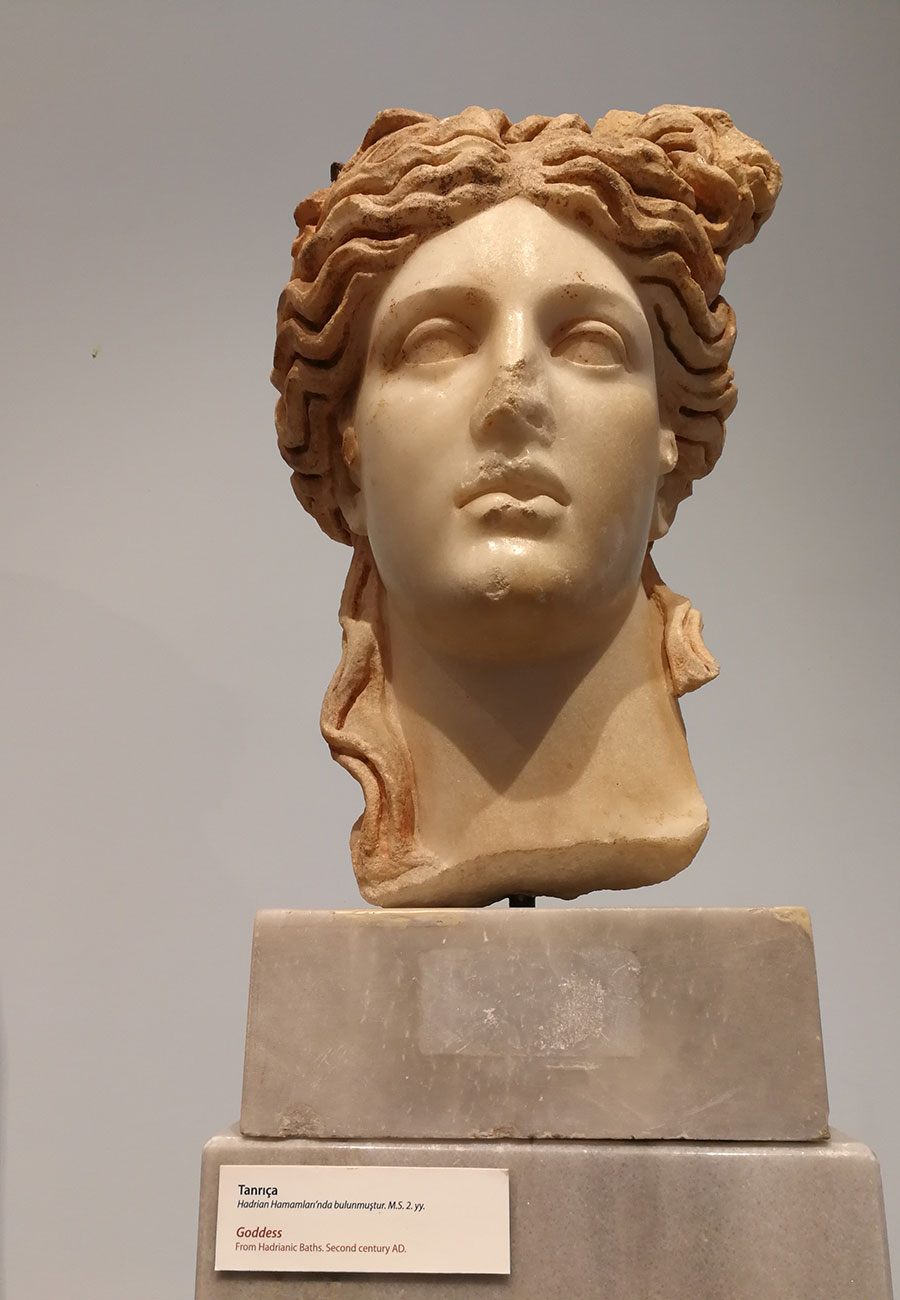Where goddesses loved and fought


From the sleek, elastic skin and exuberant curls to the sinewy muscles and silken, curve-revealing fabrics and drapes, the naturalistic rendition points not only to the consummate craftsmanship of the carvers and their observant eye, but also to an aesthetic that is essentially humanistic, an aesthetic that, one and a half millennia on, exerted profound influence on the Western world.
One sculpture particularly caught my attention. Severely impaired, it depicts a tragic moment in the Trojan War. After a whole day of battle, Penthesilea, the Amazonian queen and a female warrior who sided with Troy, confronted Achilles, the Greek hero known for slaying Hector, a Trojan prince and its greatest fighter, just outside the gate of Troy. Achilles killed Penthesilea, only to fall in love with her the moment he took off her helmet.
That takes us back to the Trojan War, a war caused by the feud between three goddesses - Athena, Aphrodite and Hera, all possessed of immense hubris.


















